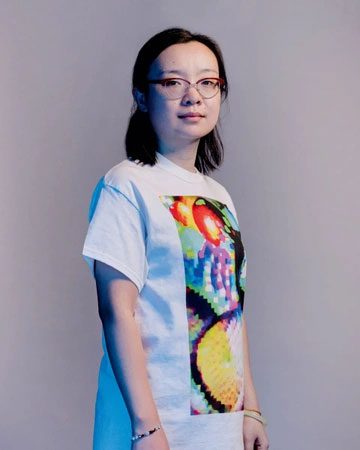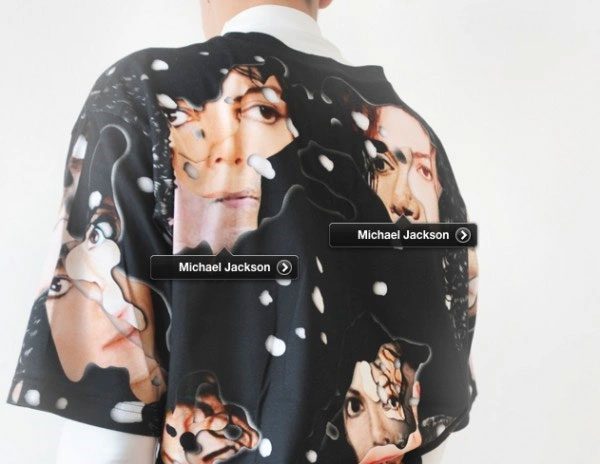By exploiting the limitations of AI in object recognition technology, a team of scientists has outsmarted surveillance systems using just a t-shirt.
According to Wired, a group of American researchers has developed a t-shirt that makes the wearer unrecognizable to surveillance cameras. Printed with a kaleidoscopic pattern, the product can deceive the artificial intelligence typically used to detect faces.
Specifically, researchers from Northeastern University, MIT, and IBM have created a shirt that allows the wearer to become invisible to AI. The design features images resembling those seen through a kaleidoscope, filled with vibrant colors. This pattern serves as a countermeasure against surveillance.

The print on the t-shirt makes the wearer invisible to AI. (Photo: Wired).
“This shirt is an enemy of AI, used in object detection networks. AI networks are typically employed to recognize someone or something captured by cameras. They then draw a ‘bounding box’ around the subject and label it,” said Xue Lin, a member of the research team, in an interview with Wired.
By identifying the boundary points that determine the subject for AI networks, Lin and colleagues achieved the opposite effect. They created a design that confuses AI classification and labeling systems.
Using patterns from two widely-used AI training networks, YOLOv2 and Faster R-CNN, the research team identified body areas where adding more pixels could render the wearer “invisible” to AI.
This isn’t the first time objects have been studied to deceive machine learning. In 2016, researchers from Carnegie Mellon University and North Carolina created glasses that could fool facial recognition technology, misclassifying the wearer. Another sign was created to trick recognition machines.
However, previous studies mostly focused on static materials. With a t-shirt, which can change angles and wrinkle while in motion, the implementation is significantly more challenging.
To achieve this, the research team used a technique called “transformer.” This method measures the movement of the t-shirt and then maps it onto the design. Researchers recorded images of people walking on a checkerboard pattern to determine wrinkle angles. As a result, the likelihood of detection is greatly reduced.
However, the shirt was designed to counter trained AI networks. Practical applications remain difficult due to the variety of recognition algorithms used and adjusted. In reality, the researchers did not create the shirt to evade surveillance technology. Instead, Lin and colleagues aimed to identify vulnerabilities in recognition AI networks, helping surveillance companies fix flaws.
“In the future, we hope to address these issues. This way, machine learning systems will no longer be easily fooled,” Lin stated.

The shirt counters Facebook’s automatic tagging algorithm. (Photo: Simone C. Niquille).
In 2013, Simone C. Niquille, a Dutch designer, created special t-shirt designs to outsmart Facebook’s system. These shirts, priced at $65, were covered with distorted images of famous people’s faces. Niquille designed them so that Facebook’s algorithm could not detect human faces.
“I am interested in creating a tool to protect privacy that the wearer does not have to think much about every morning,” the Dutch designer explained.
Designers are looking for ways to camouflage against cameras or computer algorithms by creating visual camouflage (Vision Camouflage – CV). This approach aims to obscure and confuse cameras, preventing them from detecting human faces. When they recognize a face, computers look for specific patterns. By confusing these input patterns, the algorithms cannot identify human faces.




















































